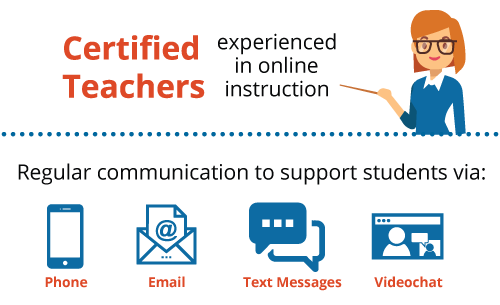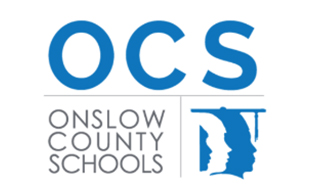A K-12 online school students love.
Experienced Virtual Instructors + Award-Winning Curriculum = an Exceptional Education
Parents/Guardians Educators
My son's teachers have been beyond wonderful in terms of communication, encouragement, and keeping our son on task, which he requires.

EdOptions Academy

Award-Winning Courses + Experienced Online Instructors
EdOptions opens a world of possibilities to students through our extensive catalog of over 400 engaging, award-winning Edmentum courses. Edmentum's active learning approach enables students to think critically, apply what they have learned, and connect those lessons to real-life experiences. When combined with the personal support of our experienced online instructors, students receive a comprehensive educational experience that is tailored to their unique needs - whether a student is falling behind, at grade level, or advanced.
Teachers Committed to Building Relationships
EdOptions Academy teachers are committed to building relationships with students and identifying their unique learning styles and interests. They also motivate students and help them develop the skills they need to become self-sufficient learners for a lifetime. To learn more about how our educators build relationships with learners, visit our blog.

Loved by Students, Trusted by Educators
Onslow County Schools, a district serving 43,000 marines and sailors at U.S. Marine Corps Base Camp Lejeunewas, created Onslow Virtual Academy in January of 2017 to serve the needs of their transient student population.
Total Package Hockey's Center of Excellence (CoE) academic system utilizes flexible online learning powered by EdOptions Academy to help dedicated student-athletes achieve success both on the ice and in the classroom.
EdOptions Academy is focused on empowering futures, one student at a time by recognizing each student for the unique person he or she is. Learn how one EdOptions Academy student truly benefited from this personal approach.



